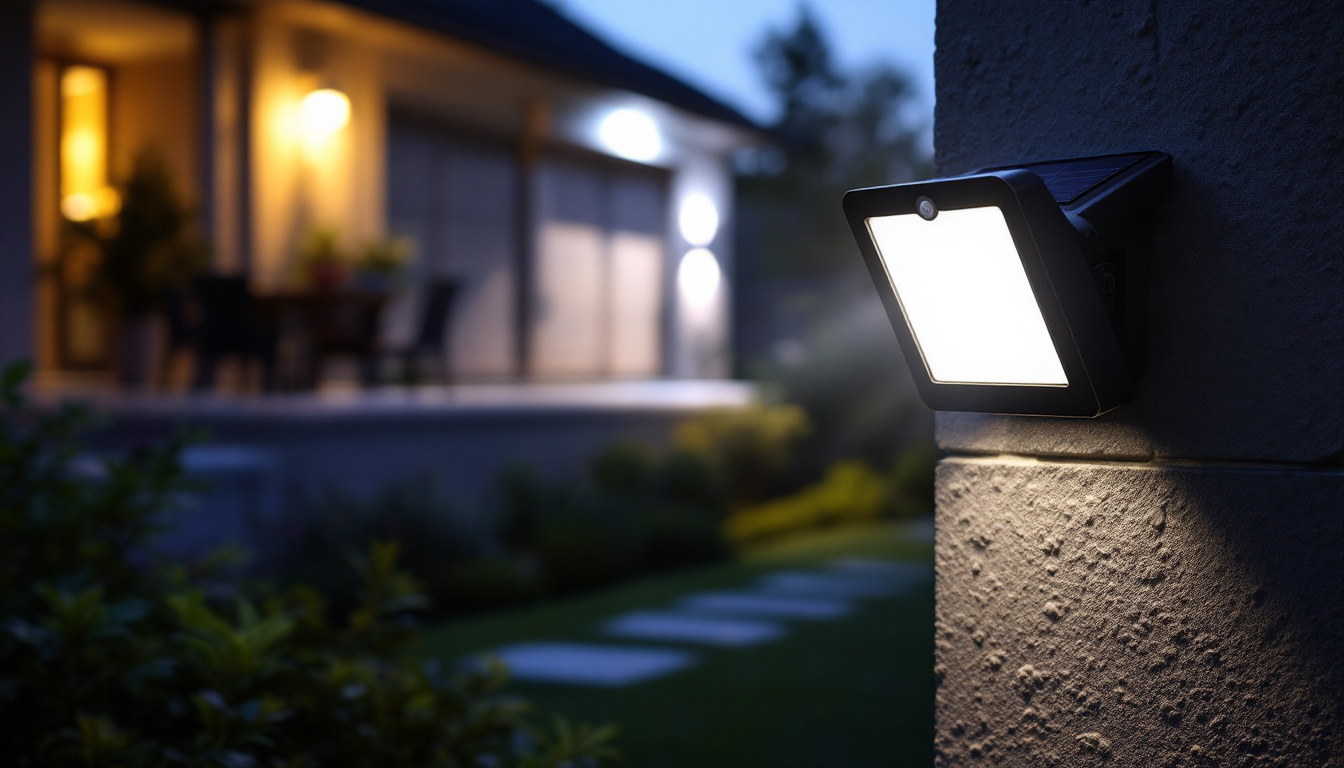In the ever-evolving world of lighting design, LED studio lights have emerged as a game-changer for lighting contractors. Their efficiency, versatility, and longevity make them a preferred choice for various applications, from photography studios to theatrical productions. This comprehensive handbook aims to equip lighting contractors with the essential knowledge and insights needed to make informed decisions about LED studio lighting.
LED, or Light Emitting Diode, technology has transformed the lighting industry, offering numerous advantages over traditional lighting solutions. Understanding how LEDs work and their benefits is crucial for lighting contractors looking to stay competitive. As the demand for energy-efficient and sustainable lighting solutions continues to grow, the adoption of LED technology has become not just a trend but a necessity for modern lighting design.
At its core, an LED is a semiconductor device that emits light when an electric current passes through it. Unlike incandescent bulbs, which produce light by heating a filament, LEDs generate light through electroluminescence. This process not only makes LEDs more energy-efficient but also significantly extends their lifespan. Furthermore, LEDs can be designed to produce a range of colors without the need for filters, allowing for greater versatility in lighting applications. This capability is particularly beneficial in settings such as theaters or art galleries, where color accuracy and ambiance are paramount.
LED studio lights offer several advantages that make them particularly appealing for lighting contractors:
In addition to these benefits, LED studio lights are often equipped with advanced features such as dimming capabilities and adjustable color temperatures, which provide greater control over the lighting environment. This adaptability is essential for photographers and videographers who need to create specific moods or effects in their work. Moreover, the compact size of LED fixtures allows for innovative lighting setups, enabling contractors to utilize space more efficiently and creatively. As technology continues to advance, the integration of smart features into LED lighting systems is becoming increasingly common, allowing for remote control and automation, further enhancing their functionality in professional settings.
When selecting LED studio lights, it is essential to understand the various types available and their specific applications. Different projects may require different lighting solutions, and knowing the options can help contractors make the best choice.
LED panel lights are flat, rectangular fixtures that provide a soft, even light. They are ideal for photography and video production, as they minimize harsh shadows and create a natural look. These lights often come in adjustable color temperatures, allowing for greater flexibility in achieving the desired ambiance. Additionally, many panel lights are designed to be lightweight and easy to mount, making them a popular choice for mobile studios or on-location shoots. Their slim profile also allows them to be placed in tight spaces, ensuring that even the most challenging setups can benefit from high-quality lighting.
Fresnel LED lights are designed with a distinctive lens that allows for adjustable beam angles. This versatility makes them suitable for various applications, from spotlighting to wash lighting. Their ability to create focused beams and soft edges makes them a favorite among filmmakers and theater lighting designers. Furthermore, Fresnel lights often feature dimming capabilities, enabling users to fine-tune the intensity of the light without altering the color temperature. This feature is particularly advantageous in dynamic environments where lighting conditions may change rapidly, ensuring that the creative vision is maintained throughout the production process.
LED light bars and strips are flexible lighting solutions that can be used for accents or to highlight specific areas. They are particularly useful in architectural applications and can be easily integrated into set designs. Their versatility allows contractors to create dynamic lighting effects that enhance the overall aesthetic. Moreover, many light strips come with programmable features, enabling users to change colors and patterns to match the mood of the scene or event. This capability not only adds depth to the visual experience but also allows for creative storytelling through light, making them an essential tool for modern lighting designers. Additionally, the ease of installation and the ability to cut strips to desired lengths make them an ideal choice for both temporary setups and permanent installations.
Selecting the appropriate LED studio lights for a project involves considering several factors. Lighting contractors must assess the specific needs of their clients and the environment in which the lights will be used.
Color temperature is a critical aspect of lighting design. Measured in Kelvin (K), it determines the warmth or coolness of the light emitted. For studio applications, a range of 3200K to 5600K is commonly used, with 3200K providing a warm, inviting glow and 5600K mimicking daylight. Understanding the desired mood and setting will guide contractors in choosing the right color temperature.
The brightness of LED lights is measured in lumens. When selecting lights, it is essential to consider the required output for the specific application. A well-lit studio will typically require a higher lumen output, while more intimate settings may benefit from softer, lower-output lights. Contractors should also consider dimmability options for added flexibility.
Proper installation and setup of LED studio lights are crucial for achieving the desired lighting effects. Lighting contractors must be well-versed in best practices to ensure optimal performance and safety.
LED studio lights can be mounted in various ways, including ceiling mounts, stands, and clamps. The choice of mounting option will depend on the studio layout and the specific lighting needs. For example, overhead mounts may be ideal for permanent installations, while portable stands offer flexibility for on-the-go setups.
When installing LED lights, proper wiring and power considerations are essential. Contractors should ensure that the electrical system can handle the load of the lights and that all connections are secure. Additionally, using power distribution units can help manage multiple lights efficiently, reducing the risk of overload.
Maintaining LED studio lights is vital for ensuring their longevity and performance. Lighting contractors should be familiar with common maintenance practices and troubleshooting techniques.
Dust and debris can accumulate on LED fixtures, affecting their performance and output. Regular cleaning is essential to maintain optimal lighting conditions. Using a soft, dry cloth or a microfiber cloth can help remove dust without scratching the surface. For more stubborn grime, a mild cleaning solution can be used, but care should be taken to avoid damaging the fixtures.
Even with proper maintenance, issues may arise with LED studio lights. Common problems include flickering, dimming, or complete failure to turn on. Contractors should first check the power source and connections. If the issue persists, consulting the manufacturer’s guidelines or seeking professional assistance may be necessary.
As the world becomes more conscious of energy consumption and environmental impact, the demand for energy-efficient lighting solutions continues to grow. LED studio lights are at the forefront of this movement, offering significant benefits for both contractors and clients.
One of the most compelling reasons to switch to LED studio lights is the potential for substantial energy savings. LEDs consume significantly less power than traditional lighting options, translating to lower electricity bills. For lighting contractors, this not only enhances the value proposition for clients but also contributes to a more sustainable business model.
LEDs are free from harmful substances such as mercury, which is commonly found in fluorescent lights. This makes them a safer choice for both the environment and human health. Additionally, their long lifespan reduces the frequency of replacements, leading to less waste in landfills. By promoting LED technology, lighting contractors can play a vital role in fostering a more sustainable future.
The LED lighting industry is continually evolving, with new technologies and innovations emerging regularly. Staying informed about future trends can help lighting contractors remain competitive and meet the changing demands of their clients.
Smart lighting technology is gaining traction in various sectors, including studio lighting. Features such as remote control, automation, and integration with smart home systems are becoming increasingly popular. Contractors should consider incorporating smart lighting solutions into their offerings to appeal to tech-savvy clients.
Color rendering index (CRI) is a critical factor in lighting design, as it measures how accurately a light source displays colors. Recent advancements in LED technology have led to improvements in CRI, allowing for more vibrant and true-to-life colors. Lighting contractors should stay updated on these advancements to provide the best possible solutions for their clients.
LED studio lights have revolutionized the lighting industry, offering energy efficiency, versatility, and longevity. For lighting contractors, understanding the intricacies of LED technology, types of fixtures, and installation practices is essential for success. By staying informed about maintenance, energy efficiency, and future trends, contractors can provide exceptional service and meet the evolving needs of their clients.
As the demand for high-quality lighting solutions continues to grow, embracing LED technology will not only enhance the contractor’s portfolio but also contribute to a more sustainable future. With the right knowledge and tools, lighting contractors can illuminate their projects with confidence, ensuring that they stand out in a competitive market.
Ready to take your lighting projects to the next level? At LumenWholesale, we provide lighting contractors with the ultimate selection of spec-grade LED studio lights at unbeatable wholesale prices. Say goodbye to local distributor markups and hello to a vast array of reliable, high-performance lighting that meets the highest industry standards. With free shipping on bulk orders, you can stock up on premium lighting solutions and enjoy the best value without any hidden fees. Elevate your lighting game and make your projects shine with LumenWholesale. Discover our extensive selection and experience the ideal combination of quality, affordability, and convenience. Visit us now at Wholesale Lighting at the Best Value.

Explore the advantages and drawbacks of outdoor light brackets for lighting contractors.

Discover the essentials of warehouse lighting in this comprehensive guide tailored for lighting contractors.

Discover how solar motion sensor flood lights are revolutionizing the work of lighting contractors by offering energy efficiency, easy installation, and enhanced security.

Discover the essential steps to safely replace fluorescent tube light bulbs and explore why this skill is becoming increasingly important in the evolving lighting industry.